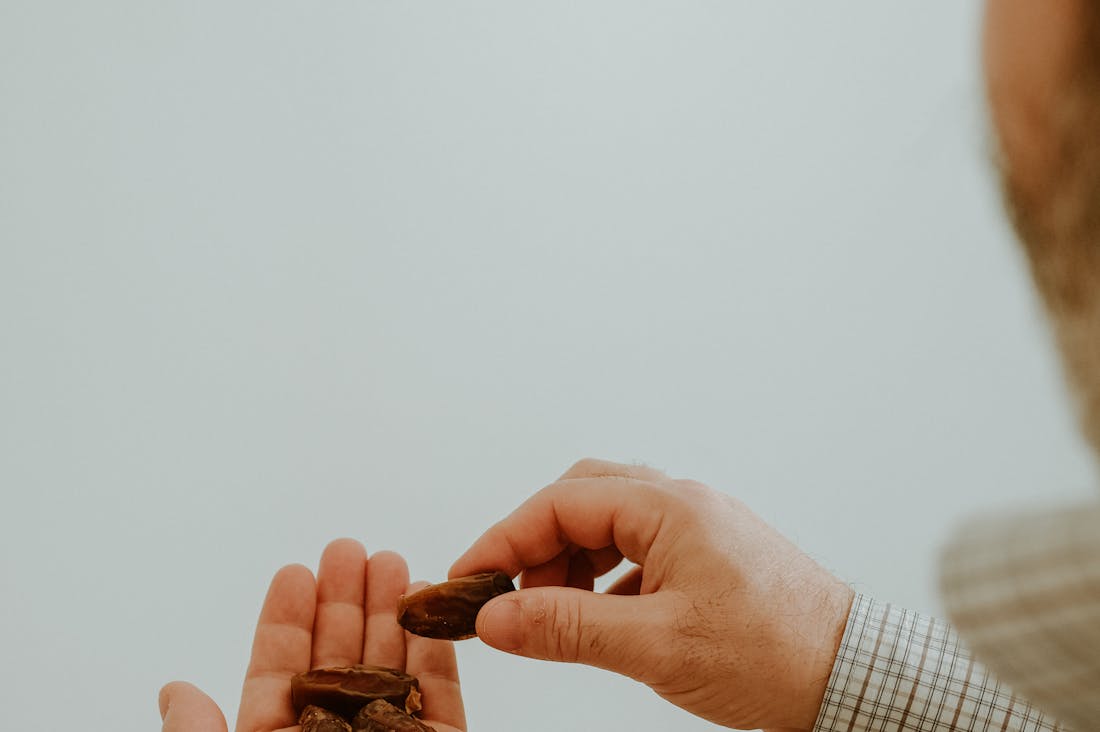In our fast-paced world, finding moments of peace can feel daunting. "Cultivating Mindfulness: Practical Techniques for Everyday Peace" serves as a guide to reclaiming tranquility amidst chaos. This book offers actionable strategies to integrate mindfulness into daily life, fostering a deeper awareness of the present moment and enhancing overall well-being. Discover tools that empower you to navigate stress, embrace serenity, and cultivate joy in your everyday experiences. Join the journey towards a more peaceful and focused life, one mindful step at a time.

Mindful Breathing Exercises to Start Your Day
Mindful breathing exercises offer a serene way to commence your day, helping you cultivate awareness and set a positive tone. By dedicating just a few minutes each morning to these practices, you can enhance your mental clarity and emotional well-being. Start by finding a quiet space, sitting comfortably, and closing your eyes. Inhale deeply through your nose, allowing your abdomen to expand, then exhale slowly through your mouth. Focus on the rhythm of your breath, letting go of distractions and racing thoughts. This simple practice not only reduces stress but also promotes relaxation, enabling you to approach the day with renewed energy and a centered mindset. By integrating mindful breathing into your morning routine, you create a foundation for a more intentional and fulfilling day ahead.

Incorporating Mindfulness into Daily Routines
Incorporating mindfulness into daily routines can transform the way we experience life, helping to reduce stress and enhance overall well-being. Simple practices, such as dedicating a few minutes each morning to mindful breathing or setting intentions for the day, can create a sense of calm before the daily hustle begins. During routine activities like eating, walking, or even commuting, taking a moment to focus on the sensations around us — the smell of food, the feel of the ground beneath our feet — can anchor us in the present. By integrating short mindfulness breaks throughout the day, individuals can cultivate greater awareness, improving their mental clarity and emotional resilience while fostering a deeper connection to their experiences. Ultimately, making mindfulness a part of everyday life encourages a more balanced and fulfilling approach to both personal and professional challenges.

Mindful Eating for Healthier Choices
Mindful eating is an essential practice for making healthier food choices and fostering a positive relationship with food. It involves paying close attention to the experience of eating and drinking, focusing on the flavors, textures, and aromas of each bite, as well as listening to the body's hunger and fullness cues. By slowing down and savoring meals, individuals are more likely to recognize when they're satisfied, reducing the chances of overeating. This intentional approach encourages the consumption of whole, nutritious foods while minimizing mindless snacking or emotional eating triggered by stress. Ultimately, mindful eating cultivates a greater awareness of what we consume, leading to improved overall health and well-being.
Embracing Nature: A Pathway to Mindfulness
Connecting with nature is a powerful way to enhance mindfulness and promote inner peace. Engaging with the natural world can ground us, allowing us to experience the beauty and serenity it offers. Whether it's a walk in the park, a hike in the woods, or simply sitting in your garden, immersing yourself in nature encourages a sense of calm. Take a moment to observe the colors of the leaves, the sound of rustling branches, or the warmth of the sun on your skin. This practice not only heightens awareness but also fosters gratitude for the world around us, reinforcing a positive mindset and reducing stress.
Journaling: A Mindful Reflection Tool
Incorporating journaling into your daily routine can serve as an effective mindfulness practice. By setting aside time to reflect on your thoughts and feelings, you create space for deeper self-awareness. Start by writing about your day, noting moments of joy, challenges, or insights gained. This practice allows you to process experiences and emotions, promoting emotional clarity and reducing anxiety. Over time, journaling can reveal patterns in your thinking and behavior, empowering you to make positive changes. Embrace this reflective process as a way to cultivate mindfulness and enhance your overall mental well-being.
Mindfulness in Relationships: Connecting Authentically
Practicing mindfulness in relationships can significantly enhance your connections with others. By being fully present during conversations, you foster deeper understanding and empathy, allowing for more meaningful interactions. Active listening is a key component of this practice; it involves not just hearing words but also understanding emotions behind them. Show genuine interest by asking open-ended questions and acknowledging feelings. This approach can transform your relationships, helping you to navigate conflicts with compassion and patience. Ultimately, mindful communication promotes healthier relationships, making them more fulfilling and enriching.
Creating a Mindfulness Space at Home
Designing a dedicated mindfulness space in your home can significantly enhance your practice. This space should be calm, inviting, and free from distractions, providing a sanctuary for relaxation and reflection. Consider incorporating elements that promote tranquility, such as soft lighting, comfortable seating, and soothing colors. You might also add personal touches like plants, calming artwork, or essential oils to engage your senses. This designated area serves as a reminder to prioritize mindfulness amidst a busy life. By regularly spending time in your mindfulness space, you cultivate a deeper connection to your practice, encouraging a sense of peace and rejuvenation.
AI-Assisted Content Disclaimer
This article was created with AI assistance and reviewed by a human for accuracy and clarity.